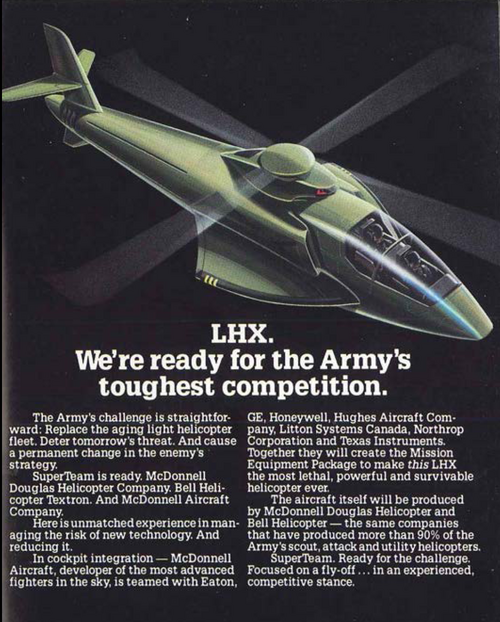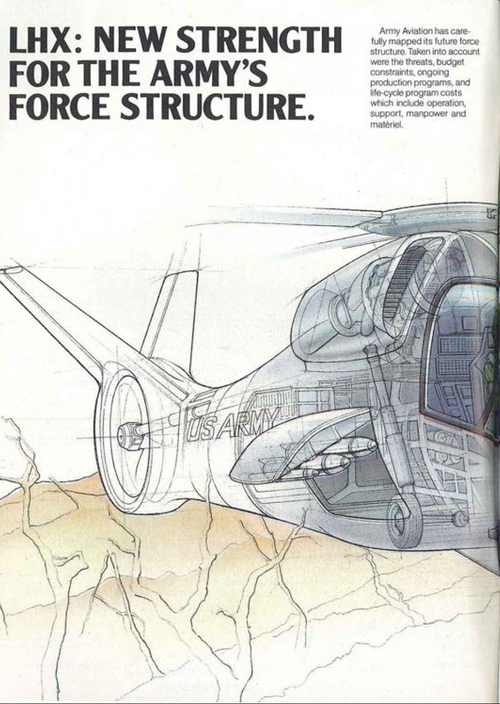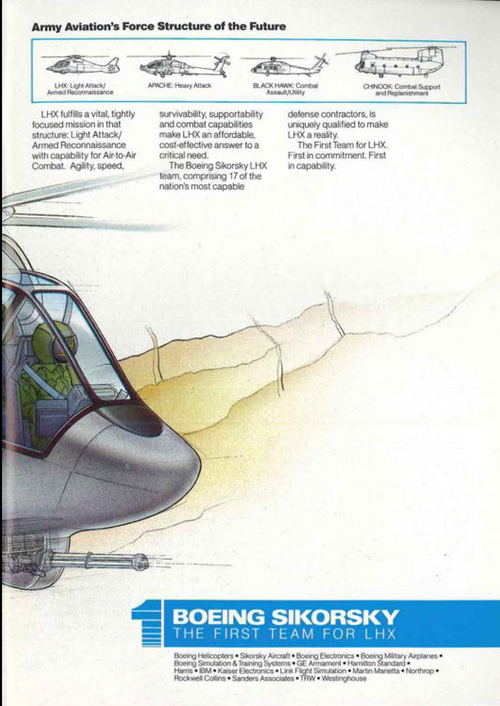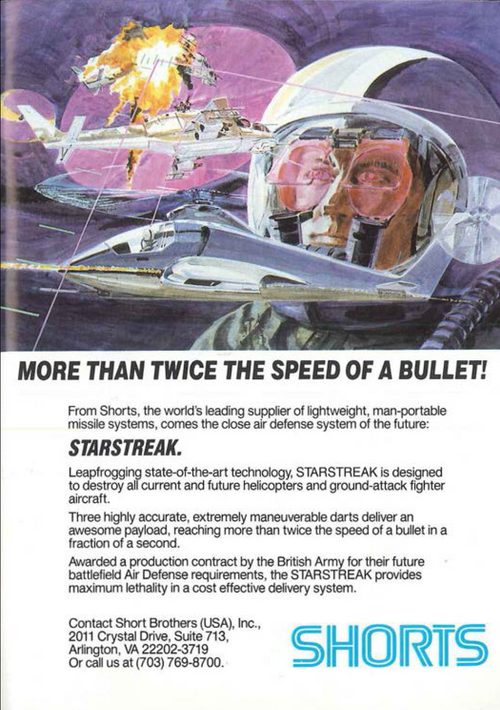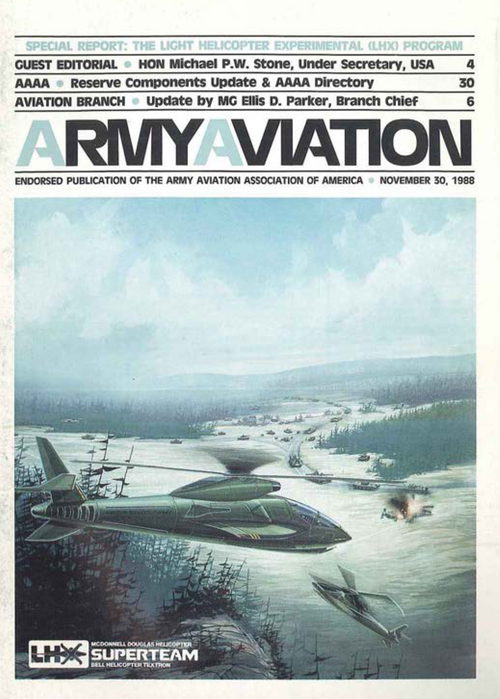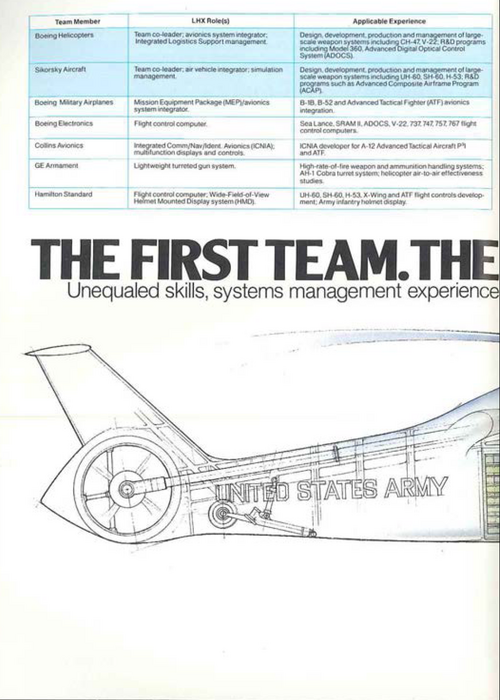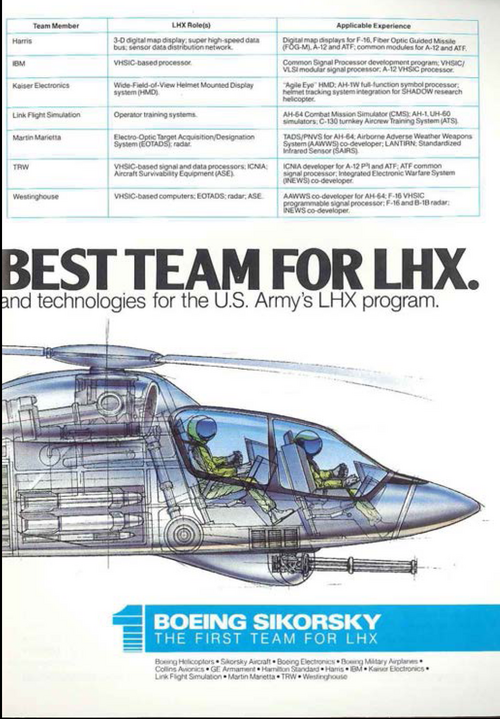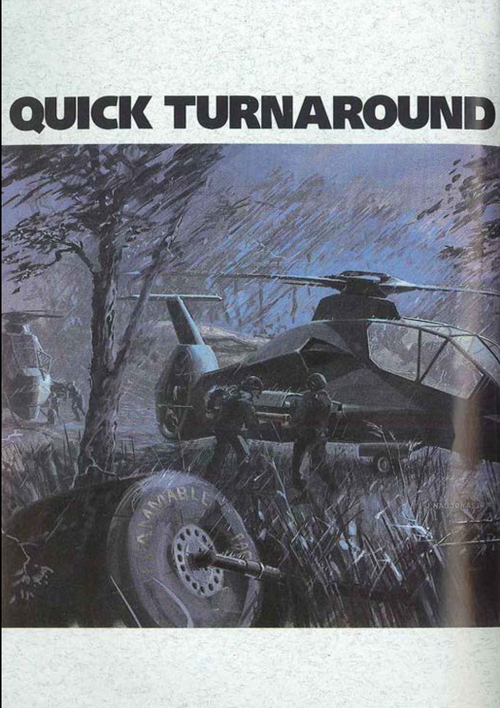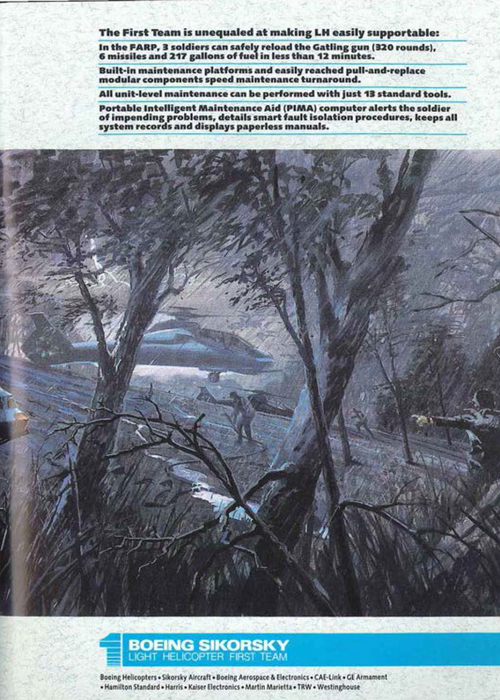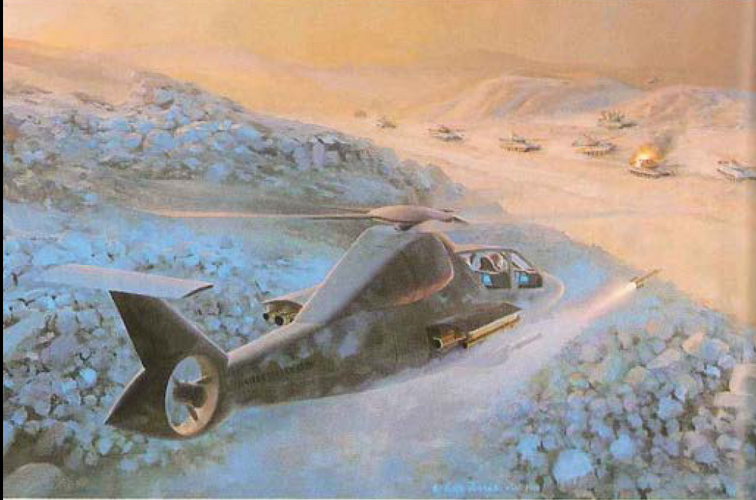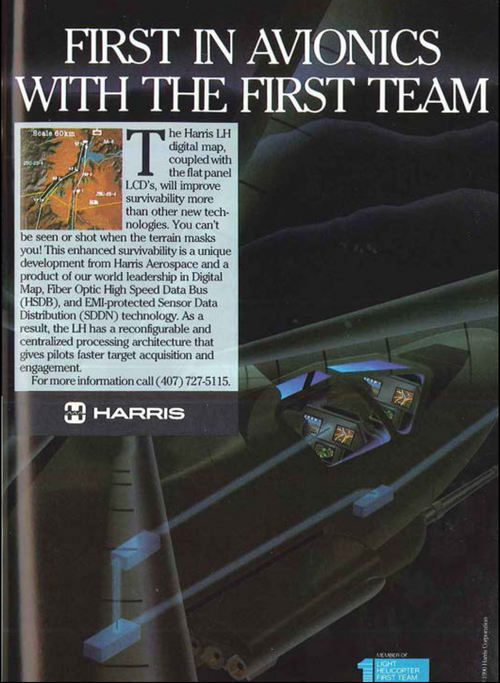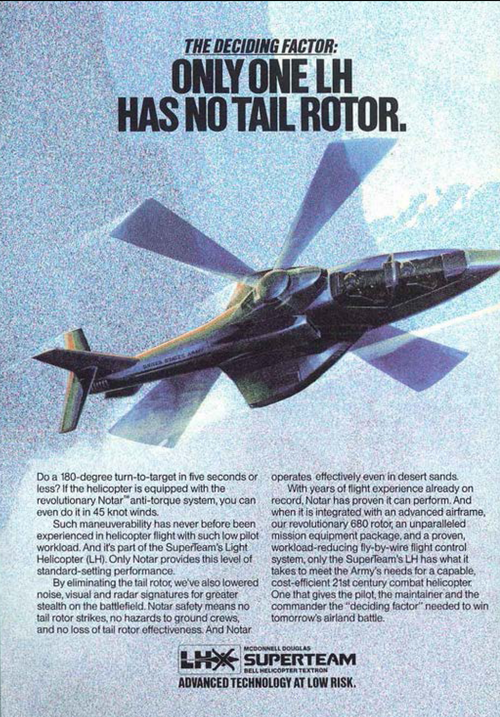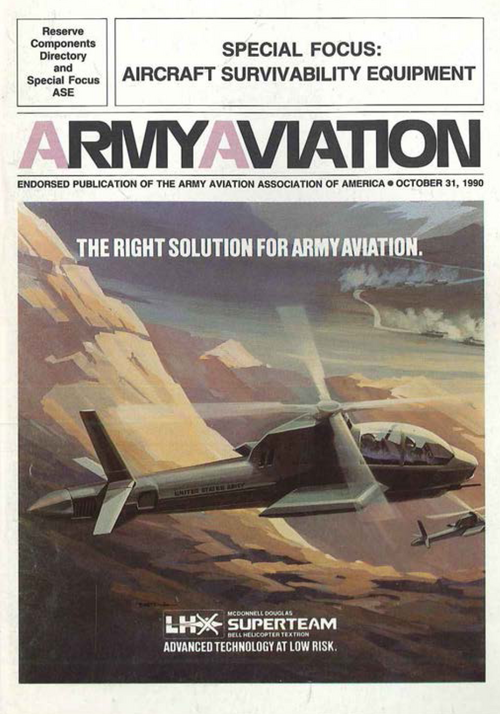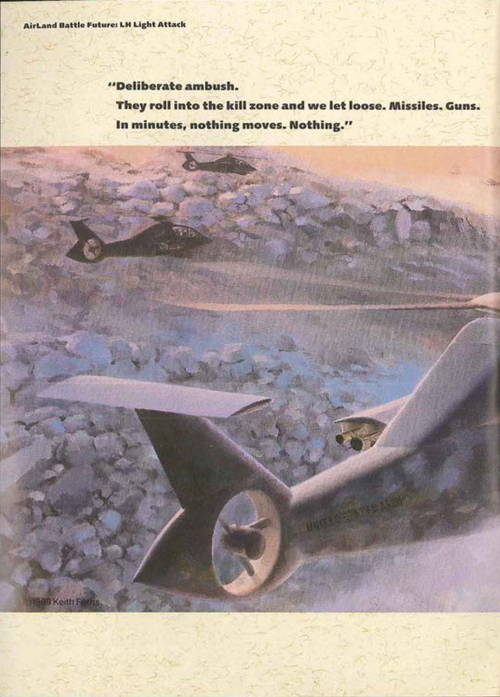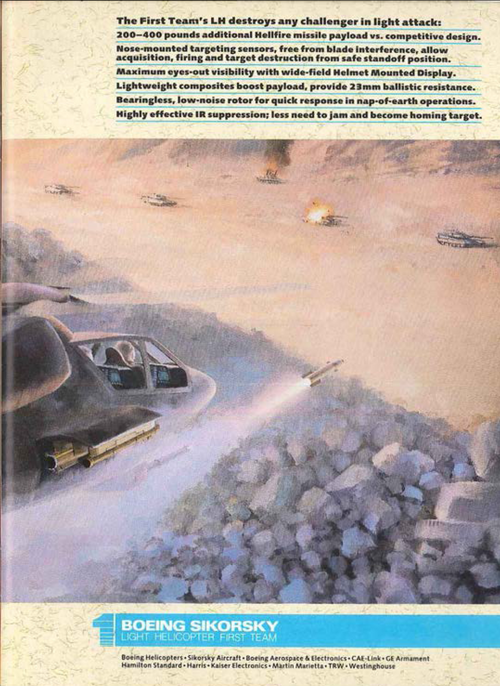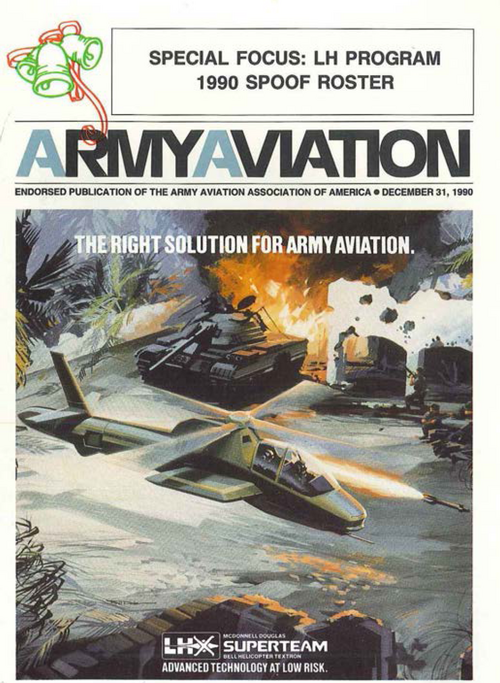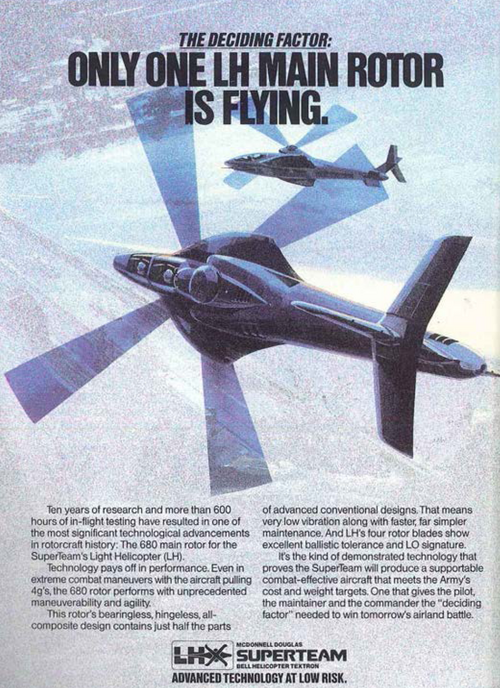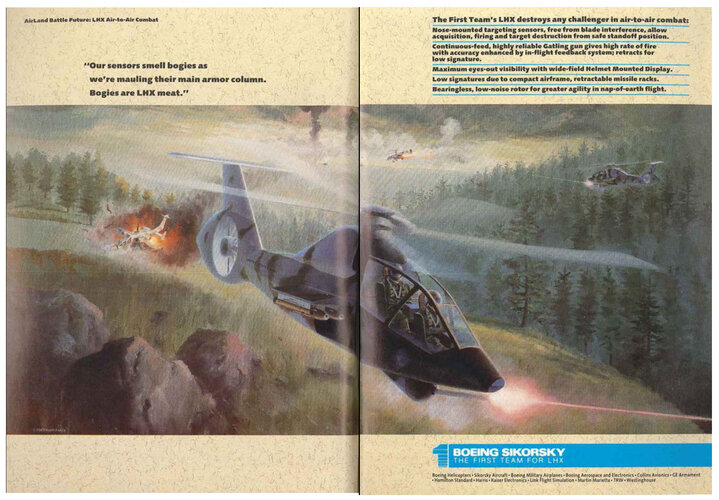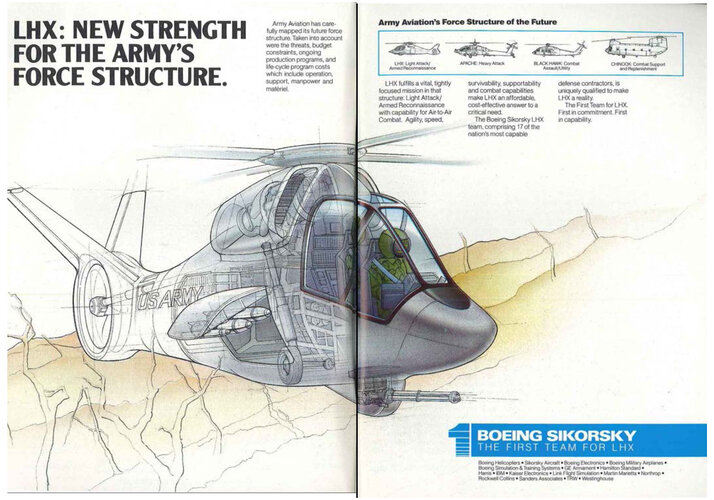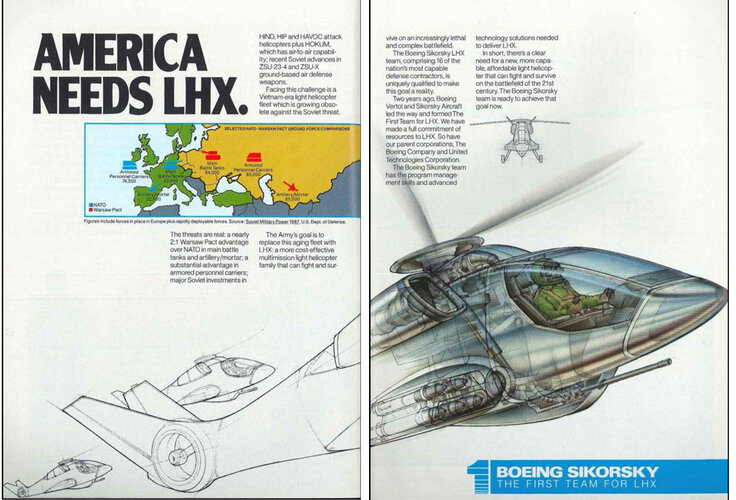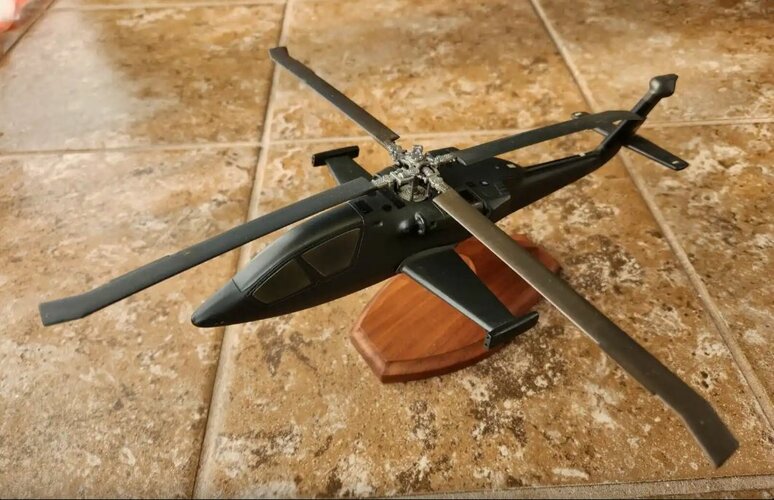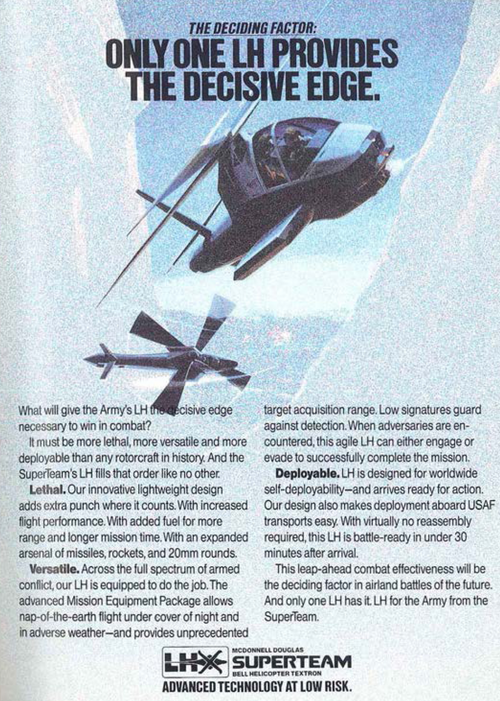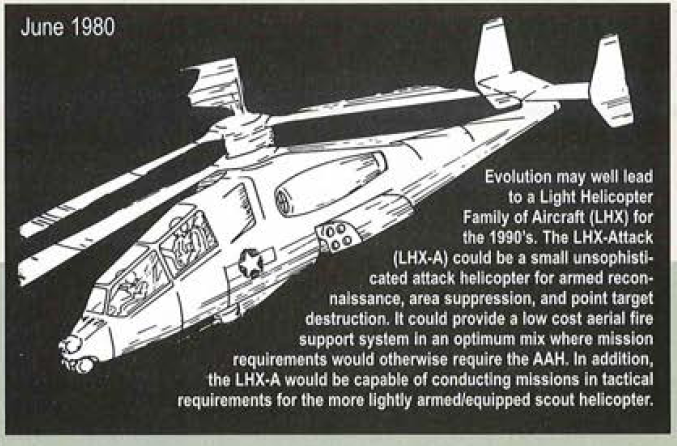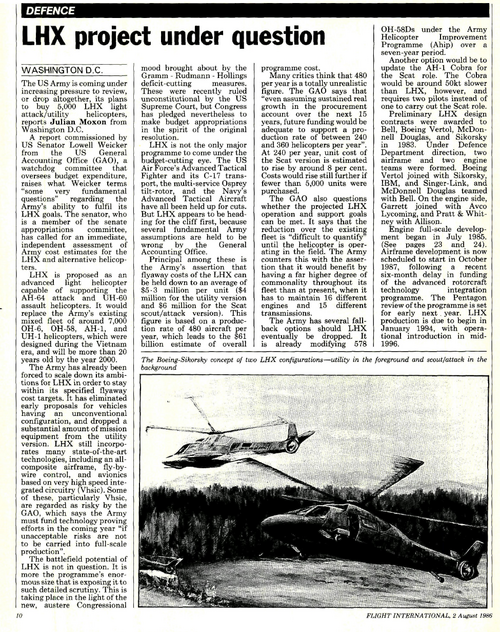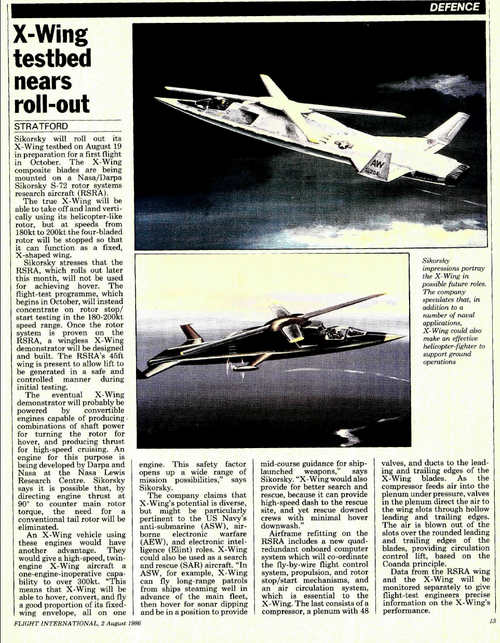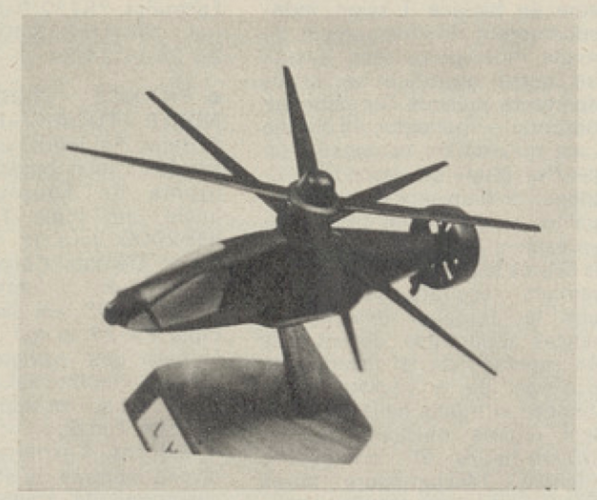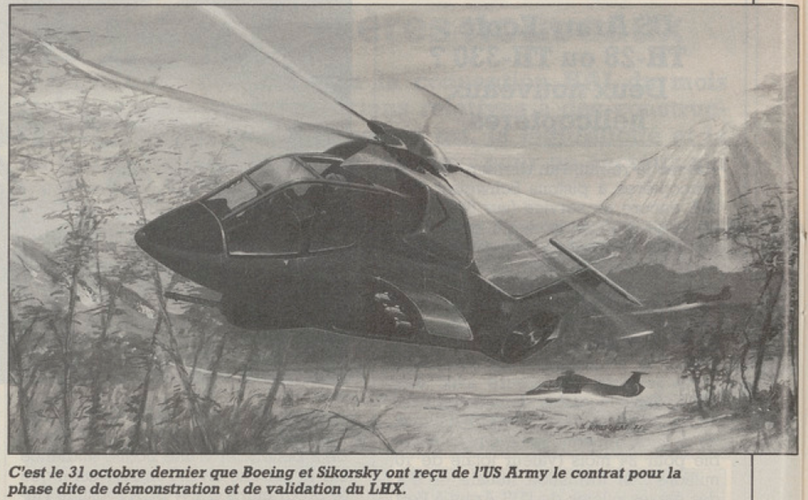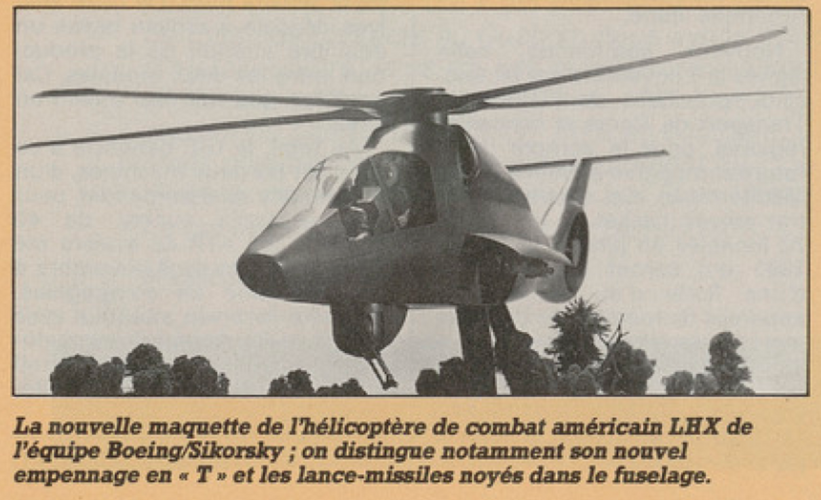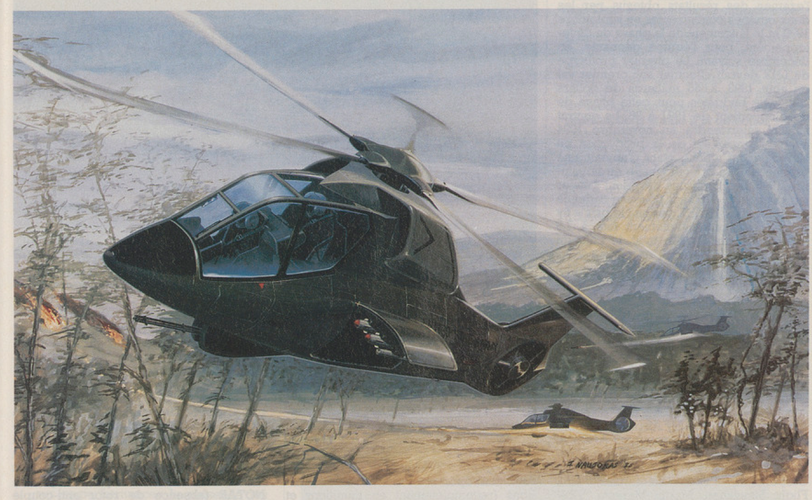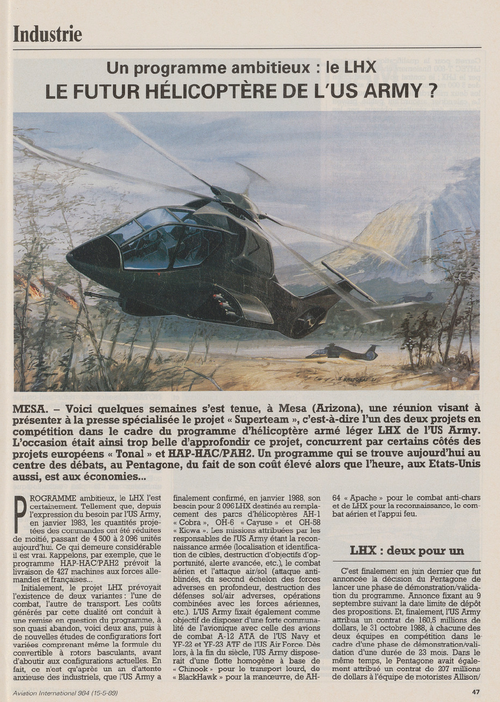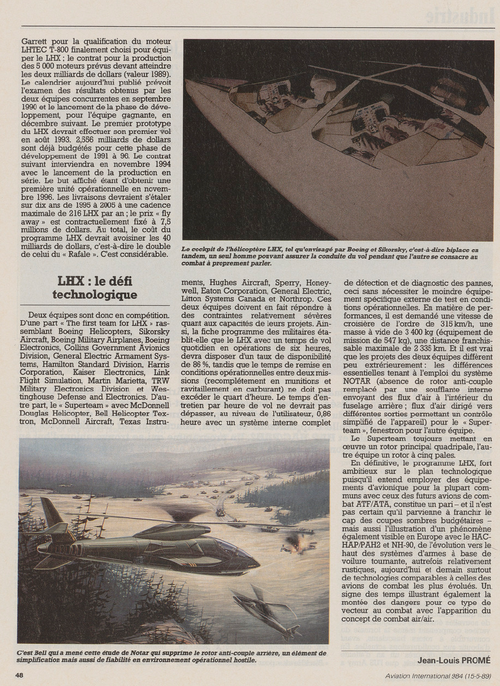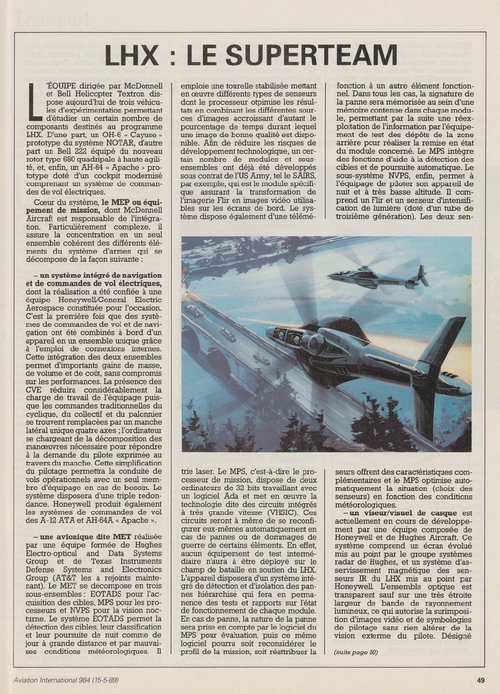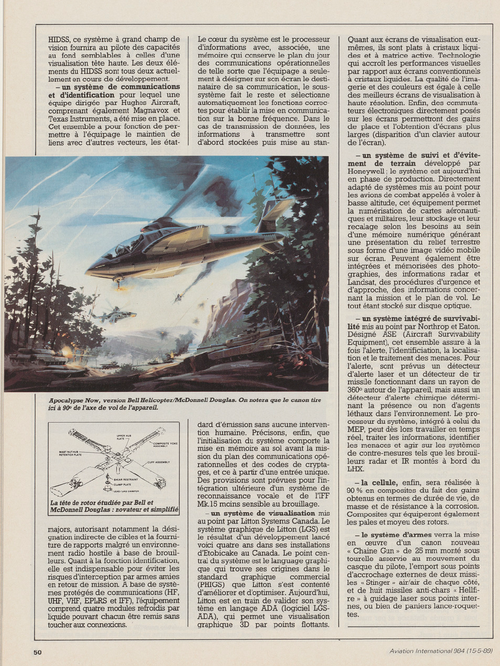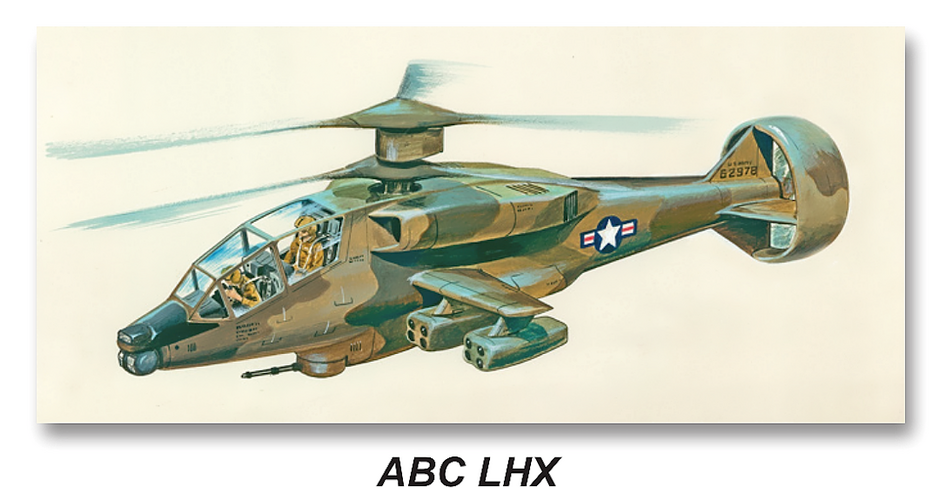You are using an out of date browser. It may not display this or other websites correctly.
You should upgrade or use an alternative browser.
You should upgrade or use an alternative browser.
LHX Program
- Thread starter overscan (PaulMM)
- Start date
- Joined
- 26 May 2006
- Messages
- 34,738
- Reaction score
- 15,595
Also from Army Aviation 1989/1,3-4,6 & 11 and 1990/ 1,2,3-4
Attachments
-
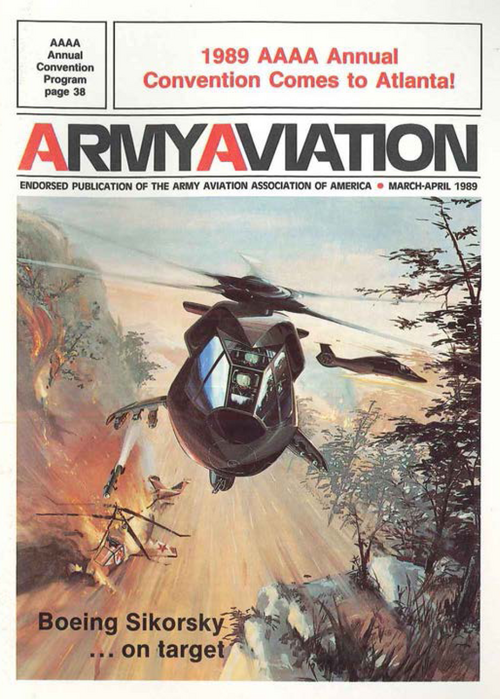 14.png2.2 MB · Views: 111
14.png2.2 MB · Views: 111 -
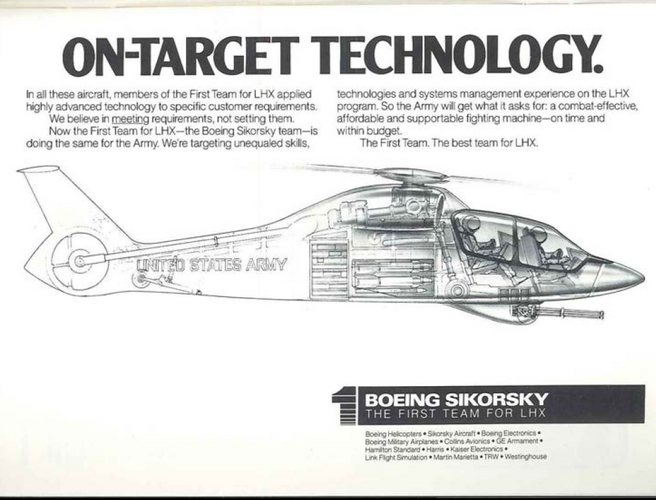 15.png516.4 KB · Views: 104
15.png516.4 KB · Views: 104 -
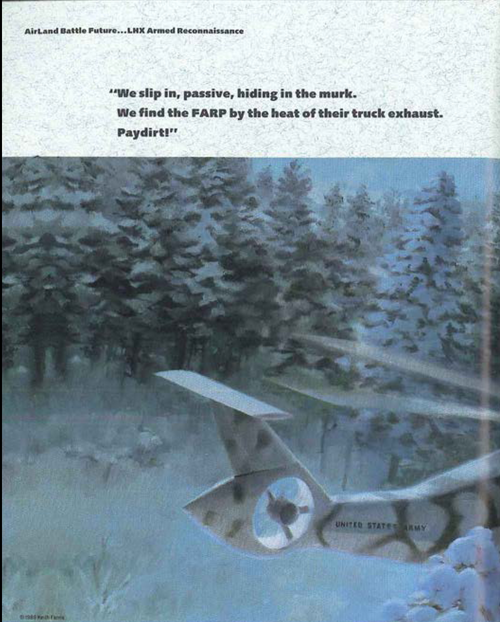 16.png2 MB · Views: 93
16.png2 MB · Views: 93 -
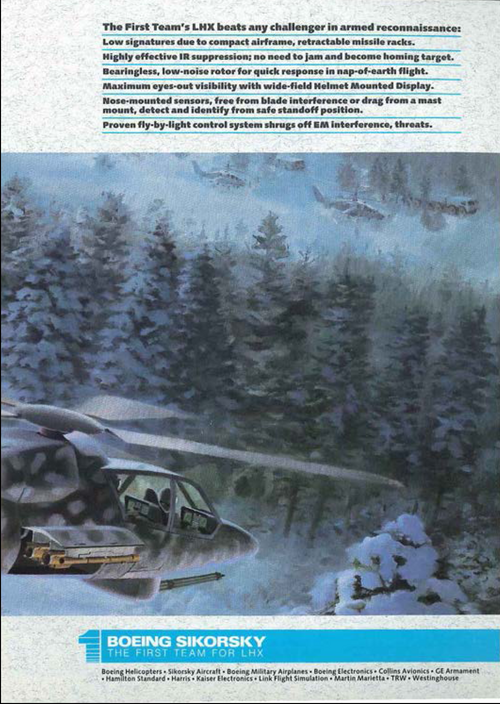 17.png2.5 MB · Views: 79
17.png2.5 MB · Views: 79 -
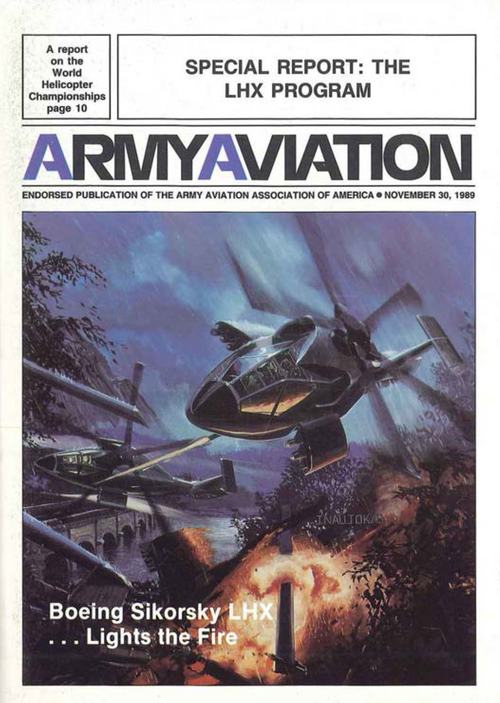 18.png1.9 MB · Views: 85
18.png1.9 MB · Views: 85 -
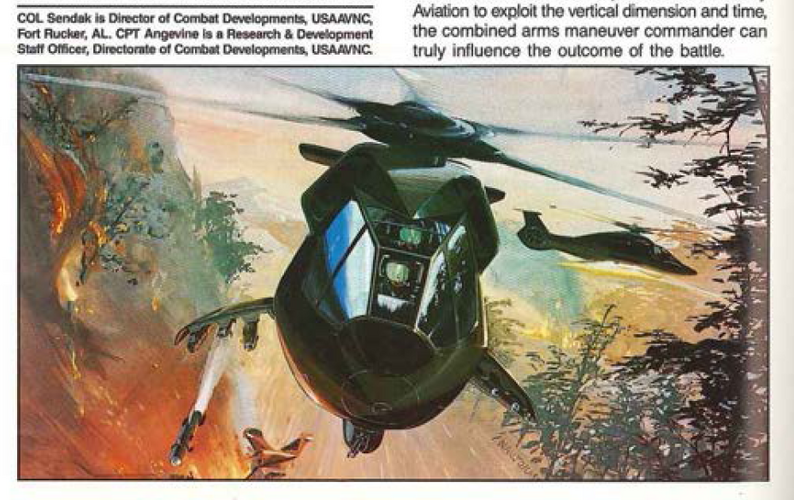 19.png1.1 MB · Views: 86
19.png1.1 MB · Views: 86 -
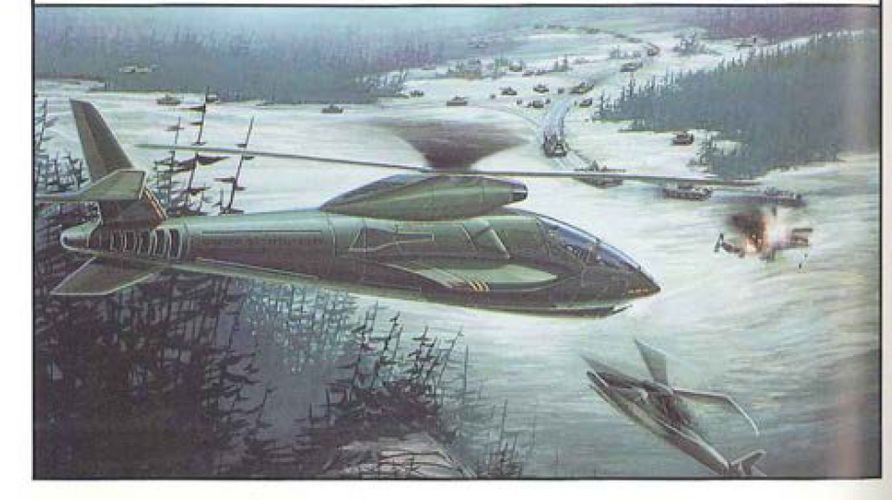 20.png815.6 KB · Views: 85
20.png815.6 KB · Views: 85 -
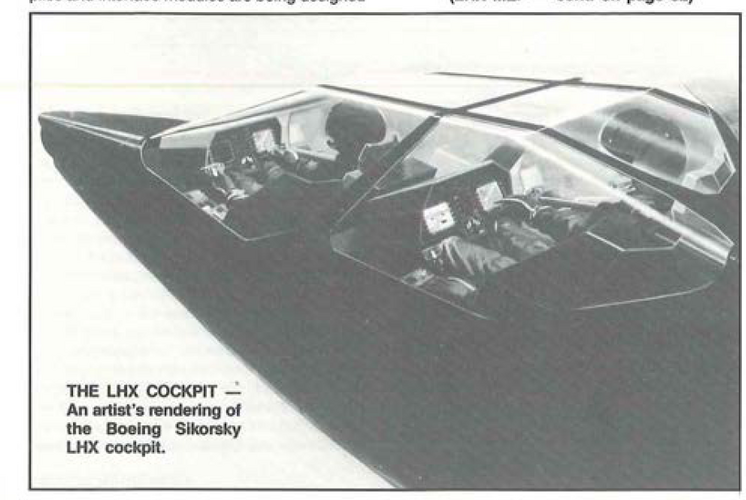 21.png520.1 KB · Views: 81
21.png520.1 KB · Views: 81 -
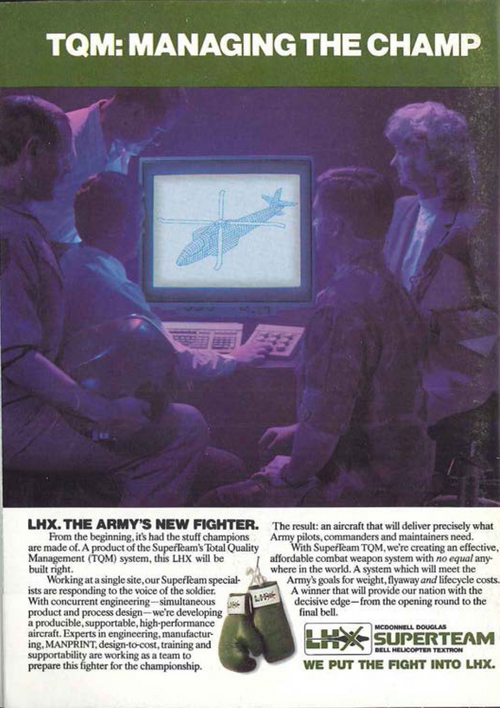 22.png1.8 MB · Views: 82
22.png1.8 MB · Views: 82 -
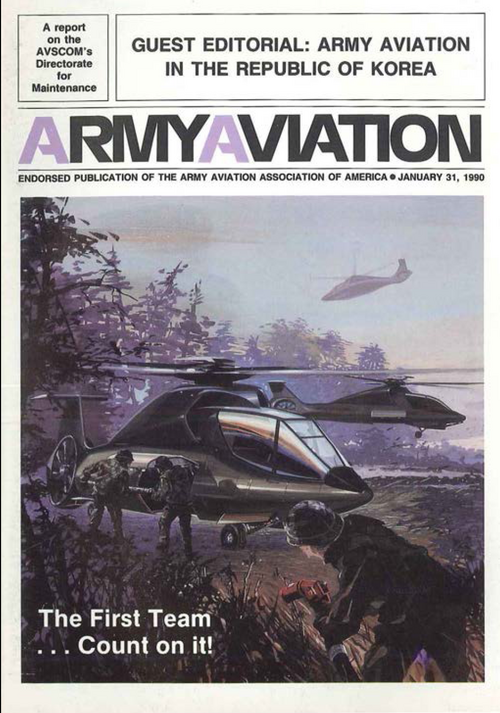 23.png1.2 MB · Views: 82
23.png1.2 MB · Views: 82 -
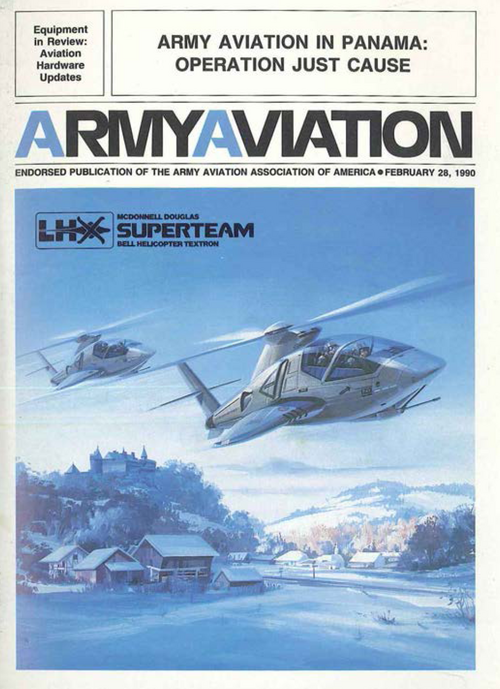 24.png1.7 MB · Views: 82
24.png1.7 MB · Views: 82 -
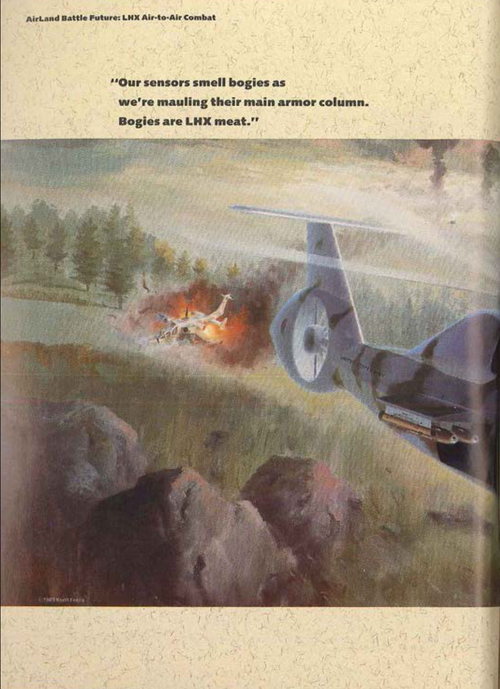 25.png2.2 MB · Views: 74
25.png2.2 MB · Views: 74 -
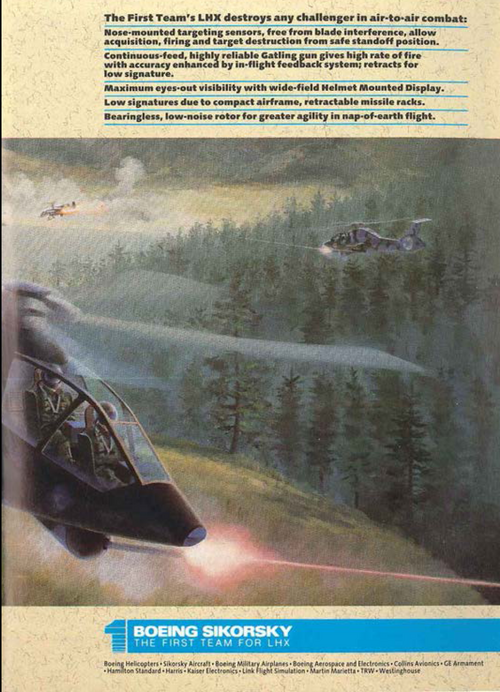 26.png2.5 MB · Views: 94
26.png2.5 MB · Views: 94 -
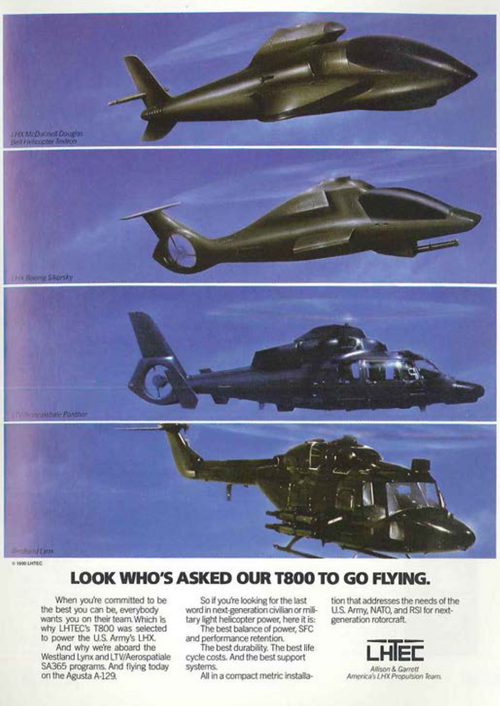 27.png1.6 MB · Views: 101
27.png1.6 MB · Views: 101 -
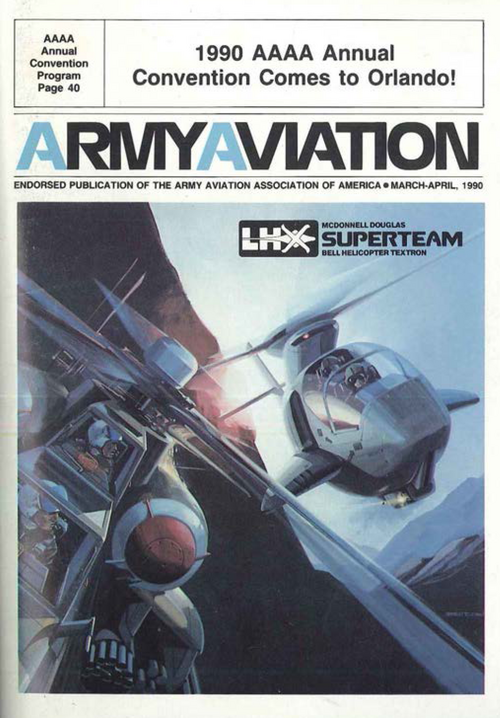 28.png1.9 MB · Views: 100
28.png1.9 MB · Views: 100 -
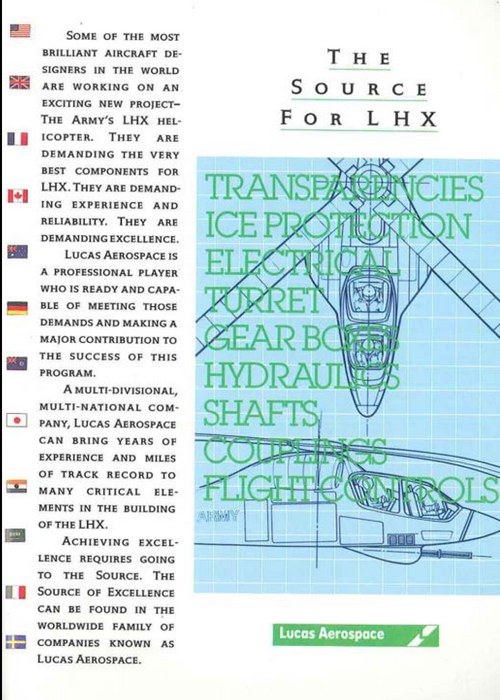 29.png1.7 MB · Views: 75
29.png1.7 MB · Views: 75
Last edited:
- Joined
- 26 May 2006
- Messages
- 34,738
- Reaction score
- 15,595
Finally,from Army Aviation 1990/ 8-9,10,11,12
Attachments
- Joined
- 18 October 2006
- Messages
- 4,202
- Reaction score
- 4,875
Blackhawk, son of Blackhawk ... and grandson of Blackhawk.Recently on eBay. I'm grading this as pre-LHX as the AAH/S-70 mashup (the S-71) looks significantly different.
Attachments
Over the past few months the SuperTeam LHX, and Comanche/aviation in general, have come across as hot questions for me - 35 years after we lost.Artist's impression (top) of Bell/McDonnell Douglas "SuperTeam" LHX concept.
Artist's impression (second) of Boeing/Sikorsky "FirstTeam" LHX concept.
Artist's impression (third) of Boeing/Sikorsky "FirstTeam" LHX concept.
Artist's impression (fourth) of Bell/McDonnell Douglas "SuperTeam" LHX concept.
Source:
View: http://www.flickr.com/photos/aviatorr727/1460341335/sizes/o/in/photostream

Stingray's Rotorcraft Forum
Discussion forum about helicopters and other rotorcraft - a part of the world's largest rotorcraft archive, "Stingray's List of Rotorcraft"stingraysrotorforum.activeboard.com
Stingray's Rotorcraft Forum
Discussion forum about helicopters and other rotorcraft - a part of the world's largest rotorcraft archive, "Stingray's List of Rotorcraft"stingraysrotorforum.activeboard.com
Just about everything I'm reading matches precisely with the public marketing materials - and has no relation to the real design or issues.
First, I was Tiger Team capt for the whole thing, sent in to rescue the project because it was failing due to radar cross section being orders of magnitude out of compliance. I had gotten an MS in rotorcraft design from Army CERT and paid for it by working for the GTRI RadLab - analyzing the Bat. They all LOOKED SO COOL and didn't work so well. I reported directly to Sam Hurt and Chuck Landers (MDHC) and Frank Harris (Bell-Textron.)
Starting with the punchline, the Superteam effectively nobid the proposal. Mgt used different wording. Someone in Congress/DOD/Army/DC decided they were tired of being scammed by LCSCs (Lying Cheating Stealing Contractors) and added a Risk Reduction Bonus to the scoring criteria. For budgetary reasons, the army refused to do a "fly before we buy" as the AF did with YF-22/YF23*. If a team put up $750,000,000 of their own money, to show they were serious, they would get a 5 pt bonus on the Management Volume of the proposal. There were three volumes, Tech, Cost and Mgt. The Superteam won Tech and Cost. We concluded that the program was likely to be cancelled after the demonstration phase, because the Iron Curtain had fallen, the Cold War was over and "we (voters)" were closing bases and trying to cash in on the Peace Dividend. We calculated that we would never recover the $3/4 billion, assumed the other guys would make the same decision and refused to fork it over.
Boeing/Sikorsky paid up. That gave them a 5pt edge. Word is we lost the mgt volume by 2 or 3 pts. That's the ultimate cause of the loss.
Because MDHC was in Mesa, AZ, a large number of former AVSCOM staff had relocated because they planned to retire in AZ - so we got a lot of backdoor info. About 3 weeks after project award, the folks at AVSCOM were telling us "we chose the wrong vehicle."
I'm told that somewhere in the congressional record is a quote that "there's not enough polish on earth to make this turd [Comanche] shine." The formal statement was "the vehicle does not do the job it is required to do." As Paul Martin Jr told me a view years ago, Comanche was a Hot Rod! It could fly 160 knotts - in reverse!!!! Unfortunately, that's a cool feature which is not required by army aviation - since no army helicopter has ever been in air to air combat against another rotorcraft, and it's so fast do do a 180 and run away forward at 180 knotts.
You cannot evalute new army rotorcraft without studying past failures - particularly AH-56 Cheyenne (https://en.wikipedia.org/wiki/Lockheed_AH-56_Cheyenne) The Cheyenne is, arguably, the most impressive rotorcraft ever built, but the delays and cost overruns were so high - the army decided the Vietnam war would be over before Cheyenne was deployed, and Bell came in with the AH-1, modified from the UH-1 at 1/4 to 1/3 the cost. There was specific direction during AH-64 selection - "we DO NOT want another Cheyene. Minimal risks. Minimal speed." This attitude prevails to this day. The army is concerned that pushing the tech envelope will result in another, embarrasing, failed "bridge too far."
Another issue was that around 1976, I was told at a dinner party, the US Dept of Commerce had concluded that McDonnell Douglas was going to go out of business and Fed Gov should avoid doing business with them. That was on top of the DC-10 fiascos (latter section of this article https://www.linkedin.com/pulse/what...on-anwcc/?trackingId=UTgvINBmRBG9EB9OgC2pnw==). Insider info is that the army Source Selelection and Evaluation Board (SSEB) for Apach had been told "try not to select Hughes," but the the Boeing proposal had unfixable red flags and the Bell proposal has a 4' span, two bladed, teetering rotor. The Apache didn't so much win as the other guys lost.
The Bat!! Imagine a V-280 Valor, with radar reduction chines and a midwing. They are the same configuration, except V-280's engines don't rotate, the gearbox does - and it's bigger.
There is a shopping list of issues each of which could be a chapter in a book. Col Dan Schrage, retired Cmdr AVSOCOM and professor of rotorcraft design, is currenlty writing those books.
IMO, the biggest issue is that "you need a cool, new, glamorous feature" to convince congress you're different enough to justify one trillion dollars in taxpayer money. For LHX it was radar stealth and reduced risk of tail rotor strikes on ground crews. I was lead on radar stealth at MDHC and there was no record of an army helicopter being downed by a radar guided missile or gun. It may be possible to make low flying rotorcraft undetectable on radar, but flying in the canyons and below tree line is nearly as effective - for a fraction of the cost and complexity. While tailrotor strikes accounted for about 1/2 of ground crew deaths, and are horrific, ground crew deaths themselves are almost unheard of. NOTAR was based on a nerly non-existant requierment. They key differentiators were not powerful enough to justify such an expensive program.
Ultimately, LHX (and whatever the upcoming effort will be called) was intended to replace the OH-58 Kiowa (Bell Jet Ranger.) OH-58 has an empty weight of 1,500 lbs. LHX had a target weight of 10,000 lbs, in order to hold all the cool new avionics, guns and missiles. The orginal proposal included an air ambulance and transport version. I did my MS thesis on that one. That was dropped before I graduated in 1991.
If you build a 10,000 lb vehicle, which does ten times what OH-58 does at 50 times the cost - you still need OH-58s for the majority of jobs, because it's cheap, easy and you need about 3,000 of them.
Whatever the army does in the future, they need about 3,000 light weight, cheap, utility rotorcraft to fill the existing role of the OH-58. Otherwise, it's like buying a Ferrari to use as commuter car to take the kids to school. It does the new job GREAT, but can't do the old, boring, utility job. This is a root problem with B-1, B-2, B-22 and B-3. The B-52 does a lot of old, slow, boring things SO MUCH BETTER than the new super planes, that they can't make it obsolete.
The roll call -
Vehicle - first flight
B-52 - 1952
C-130 - 1954
UH-1 - 1956
707 - 1957
* I was born
OH-58 - 1962
OH-6 - 1962
AH-1 - 1965
AH-56 - 1967
737 - 1967
C-5 - 1968
747 - 1969
Hawker Harrier - 1968
F-14 - 1970
A-10 - 1972
F-15 - 1973
* I started high school
F-16 - 1974
AH-64 - 1975
F-18 - 1978 * I graduated high school
767 - 1981
757 - 1982
777 - 1984
* I graduated with an MS in aircraft/rotorcraft design
YF-22/YF-23 - 1990
V-22 - 1989
C-17 - 1991
* I left the industry because it was obvious there was going to be no major work in design
F-35 - 2006
787 - 2009
Since I graduated, we have fielded one new rotorcraft. Since I left the industry, there have been no new, deployed, large rotorcraft programs.
I go to this length, because this is a fundamental problem of our age - from aviation to energy. Replacing a well engineered, widely adopted product, which is driven by capability, not appearance, is extraordinarily expensive and difficult!!! A retired VP of Lockheed Skunkworks told me a few years ago "If we had to replace everything we have from scratch - we couldn't do it." We've lost out institutional memory and skillset to execute such large programs from scratch. More importanlty, our need is not desperate enough to justify the cost and risk.
And we desperately need breakthrough innovations - right quick.
Bob Tipton
Cofounder [Howard] Hughes Skunkworks
- Joined
- 18 October 2006
- Messages
- 4,202
- Reaction score
- 4,875
One of the best post. Thank you. The machinations' of the federal government can be supremely frustration. I was a young aviator with visions of BATS going through my head at the time. I was going to fly LHX in my career. Alas.
Thank you.
Thank you.
- Joined
- 2 May 2007
- Messages
- 484
- Reaction score
- 1,919
Great post; thank youOver the past few months..
- Joined
- 11 February 2007
- Messages
- 2,511
- Reaction score
- 4,224
Nitpicking, doesn't affect the overall point, 777 first flight was 12 June 19_9_4. I was still at uni in '84, rather than working on the programme.Vehicle - first flight
...
777 - 1984
- Joined
- 27 December 2005
- Messages
- 17,693
- Reaction score
- 25,986
Concur - nothing beats a view from the inside.One of the best post. Thank you. The machinations' of the federal government can be supremely frustration. I was a young aviator with visions of BATS going through my head at the time. I was going to fly LHX in my career. Alas.
Thank you.
Thanks for catching the typo "8"4 instead of "9"4. I just spotted that myself.Nitpicking, doesn't affect the overall point, 777 first flight was 12 June 19_9_4. I was still at uni in '84, rather than working on the programme.
I fully understand and sympathize with your viewpoint, but it's much more complicated than that. The real reasons behind this are part of my daily life, because my income depends on the answers.One of the best post. Thank you. The machinations' of the federal government can be supremely frustration. I was a young aviator with visions of BATS going through my head at the time. I was going to fly LHX in my career. Alas.
Thank you.
Ultimately, congress does what the electorate wants them to do. Since the nation is so divided and can't agree on anything, neither can congress. Every time I've dug deeply into this, I've found about 90% of the people on the decision making end are trying to do what "someone" believes is best.
Good place to fill in the "*" YF-22/YF-23. I was called in on that one for some specialized materials consulting, but I worked with Denny Elking and Gerry McClellen who were on the lead design team with Northrup folks like Lu Ping. No one thought losing BOTH LHX and ATF at the same time was possible. After all, MDC was the world's largest, longest lived aerospace defense contractor - but we lost both. Six months later MDC was gone and part of Boeing.
The rumor mill was that we'd lost YF-23 6 months before contract award because the AF softened the RCS requirement on the broadside of the vehicle. We were passing with margin, so the only logical reason to do that was so the other guys could win and someone wanted them to win. The leading explanations were "Northrup/MDC wouldn't create as many jobs in California as Lockheed/Boeing, so the CA delegation wanted Yf-22 to win" and "the AF was grateful to Lockheed for all their stunning black project work and wanted them to get a big win."
On a more practical, and infuriating, note. The AF had not written an air-to-air combat test into the contract. Lockheed/Boeing did one at their expense. MDC kept pushing to do the same, but Northrup took the position that "if it's not required in the contract, we're not doing it" and we never did the dogfight test. On paper, YF-23 was a better dogfighter, even without vectored thrust, but since we never flew the tests, we'll never know.
One thing I've learned during my life is that to really screw something up, there must be multiple mistakes at the same time and most people are about 90% right. That 10% wrong is what kills these things.
A more controversial issue is careerism and self promotion. So long as our livelihoods are intimately tied to the results of these large competitions - we will never choose the best system on it's technical merits.
- Joined
- 3 June 2006
- Messages
- 3,089
- Reaction score
- 3,922
I don't know, if this video has been posted before.
View: https://youtu.be/ufceBkRaLgo?si=-LkNNrpcGI9IynHb
Vertical Flight Society said:BT 3581 Superteam LHX Technology Evolution
Another good example of this is the F-111. The USAF said, "we want Boeing". McNamara said, "no, you want General Dynamics. My boss even said so."I fully understand and sympathize with your viewpoint, but it's much more complicated than that. The real reasons behind this are part of my daily life, because my income depends on the answers.
Ultimately, congress does what the electorate wants them to do. Since the nation is so divided and can't agree on anything, neither can congress. Every time I've dug deeply into this, I've found about 90% of the people on the decision making end are trying to do what "someone" believes is best.
Good place to fill in the "*" YF-22/YF-23. I was called in on that one for some specialized materials consulting, but I worked with Denny Elking and Gerry McClellen who were on the lead design team with Northrup folks like Lu Ping. No one thought losing BOTH LHX and ATF at the same time was possible. After all, MDC was the world's largest, longest lived aerospace defense contractor - but we lost both. Six months later MDC was gone and part of Boeing.
The rumor mill was that we'd lost YF-23 6 months before contract award because the AF softened the RCS requirement on the broadside of the vehicle. We were passing with margin, so the only logical reason to do that was so the other guys could win and someone wanted them to win. The leading explanations were "Northrup/MDC wouldn't create as many jobs in California as Lockheed/Boeing, so the CA delegation wanted Yf-22 to win" and "the AF was grateful to Lockheed for all their stunning black project work and wanted them to get a big win."
On a more practical, and infuriating, note. The AF had not written an air-to-air combat test into the contract. Lockheed/Boeing did one at their expense. MDC kept pushing to do the same, but Northrup took the position that "if it's not required in the contract, we're not doing it" and we never did the dogfight test. On paper, YF-23 was a better dogfighter, even without vectored thrust, but since we never flew the tests, we'll never know.
One thing I've learned during my life is that to really screw something up, there must be multiple mistakes at the same time and most people are about 90% right. That 10% wrong is what kills these things.
A more controversial issue is careerism and self promotion. So long as our livelihoods are intimately tied to the results of these large competitions - we will never choose the best system on it's technical merits.
- Joined
- 26 May 2006
- Messages
- 34,738
- Reaction score
- 15,595
From Army Aviation magazine 1980 .
From Army Aviation 2003/12.
Attachments
Scott Kenny
ACCESS: USAP
- Joined
- 15 May 2023
- Messages
- 11,184
- Reaction score
- 13,555
That's certainly how I see it working. Pilot would be busy dodging trees, houses, tank antennas, and power lines while the Guy In Back is dealing with drones etc.I think the one-man crew idea from the early LHX days would now represent a dead-end. You could probably have it work reasonably well in basic regards but not in everything. The second crewman might now be controlling UAVs or just reviewing all of the sensor data coming in from those or other platforms.
It's not exactly a bad idea. (See the H-1Y/Z siblings, which are also using the T700 engines, and same rotors, transmission, tail boom, and tail rotor)So... someone wanted to do the UH-60 what was done to the UH-1 to make the Cobra.
- Joined
- 18 October 2006
- Messages
- 4,202
- Reaction score
- 4,875
The Russians tried single pilot helicopters operationally. Ended up with Ka-52, vice Ka-50. As technology progresses it may be viable to single pilot given "affordable" systems to manage low level flight or autonomous UAV control.
An interesting note related here from the Comanche program. Later in the program, U.S. Army pilots using the simulator with the full mission software package began testing the new Manned UnManned Teaming (MUM-T) concept. But instead of dodging trees, they found they could just fly to a field land and have both aircrew "manage" the multiple UAV. After a few minutes they would take off, fly to a new position and repeat. The software had a coupled autopilot so had the crews trusted the system they would not have had to land.
This of course led to head scratching by those concerned with funding as to why the U.S. Army needed as many very expensive Aero Scouts when you could put UAV controllers in the back of more plentiful (and less expensive) UH-60. By this point the program was already in trouble. Just another nick in the bleeding program.
To the point regarding the utility of the H-1Y/Z, the UH-60 had at least two discreet attack configurations (or one that was revised) that was/were proposed, before pragmatic reasoning led to using the base H-60 with just about any weapon in the inventory. This configuration has seen success with US SOF and other H-60 operators. Sikorsky still markets this openly.
The H-1Y/Z, with ~80% commonality, is well appreciated. Especially with those who concern themselves with funding. The USMC expects their H-1 replacement to retain this method. Something Bell Flight has not lost an appreciation of. Even the hide bound U.S. Army aviation community has not slammed the door on this philosophy.
An interesting note related here from the Comanche program. Later in the program, U.S. Army pilots using the simulator with the full mission software package began testing the new Manned UnManned Teaming (MUM-T) concept. But instead of dodging trees, they found they could just fly to a field land and have both aircrew "manage" the multiple UAV. After a few minutes they would take off, fly to a new position and repeat. The software had a coupled autopilot so had the crews trusted the system they would not have had to land.
This of course led to head scratching by those concerned with funding as to why the U.S. Army needed as many very expensive Aero Scouts when you could put UAV controllers in the back of more plentiful (and less expensive) UH-60. By this point the program was already in trouble. Just another nick in the bleeding program.
To the point regarding the utility of the H-1Y/Z, the UH-60 had at least two discreet attack configurations (or one that was revised) that was/were proposed, before pragmatic reasoning led to using the base H-60 with just about any weapon in the inventory. This configuration has seen success with US SOF and other H-60 operators. Sikorsky still markets this openly.
The H-1Y/Z, with ~80% commonality, is well appreciated. Especially with those who concern themselves with funding. The USMC expects their H-1 replacement to retain this method. Something Bell Flight has not lost an appreciation of. Even the hide bound U.S. Army aviation community has not slammed the door on this philosophy.
Last edited:
- Joined
- 3 June 2006
- Messages
- 3,089
- Reaction score
- 3,922
Here a Sikorsky ABC LHX painting.
Source:
Source:
Attachments
- Joined
- 29 July 2009
- Messages
- 1,763
- Reaction score
- 2,424
A 2015 paper addressing 1997 MUM-T studies (MUM I- IV) from a Comanche simulator found that the high workload involved in controlling and employing UAS aircraft tactically was difficult and that the crews could manage one to two UASs. Significant improvements have been made since then and technologies to improve MUM-T have been demonstrated in AH-64E helicopters.An interesting note related here from the Comanche program. Later in the program, U.S. Army pilots using the simulator with the full mission software package began testing the new Manned UnManned Teaming (MUM-T) concept.
chrome-extension://efaidnbmnnnibpcajpcglclefindmkaj/https://corescholar.libraries.wright.edu/cgi/viewcontent.cgi?params=/context/isap_2015/article/1095/&path_info=ISAP_2015_096.pdf
Last edited:
- Joined
- 18 October 2006
- Messages
- 4,202
- Reaction score
- 4,875
Those U.S. Army MUM (I-IV) studies were so brilliantly written, if I may say so.A 2015 paper addressing 1997 MUM-T studies (MUM I- IV) from a Comanche simulator found that the high workload involved in controlling and employing UAS aircraft tactically was difficult and that the crews could manage one to two UASs. Significant improvements have been made since then and technologies to improve MUM-T have been demonstrated in AH-64E helicopters.
chrome-extension://efaidnbmnnnibpcajpcglclefindmkaj/https://corescholar.libraries.wright.edu/cgi/viewcontent.cgi?params=/context/isap_2015/article/1095/&path_info=ISAP_2015_096.pdf
Scott Kenny
ACCESS: USAP
- Joined
- 15 May 2023
- Messages
- 11,184
- Reaction score
- 13,555
IIRC, even the ~2020 MUMT tests with AH-64Es have only had the crew able to wrangle 2-3 drones.A 2015 paper addressing 1997 MUM-T studies (MUM I- IV) from a Comanche simulator found that the high workload involved in controlling and employing UAS aircraft tactically was difficult and that the crews could manage one to two UASs. Significant improvements have been made since then and technologies to improve MUM-T have been demonstrated in AH-64E helicopters.
- Joined
- 29 July 2009
- Messages
- 1,763
- Reaction score
- 2,424
Linked is the 2020 SUMIT report on MUMT efforts by the US Army to use an open architecture computer (FORCE) to devise operability and tactical uses of the UAS teaming, including air launched effects against targets. Although getting away from the Comanche thread, this is the direction Comanche would likely have gone in if it had been fielded.2020 MUMT tests with AH-64Es have only had the crew able to wrangle 2-3 drones.
chrome-extension://efaidnbmnnnibpcajpcglclefindmkaj/https://apps.dtic.mil/sti/pdfs/AD1115183.pdf
Does anyone have any idea what the dimensions would be for the Hughes/MCDD SCAT concept? It looks pretty small judging from the pilot in the cockpit.
Similar threads
-
AAH Competition (AH-64 rivals)
- Started by overscan (PaulMM)
- Replies: 8
-
-
-
LOH, ASH, AHIP, ARH and AAS. US Army Scout Helicopter Programmes.
- Started by 500 Fan
- Replies: 38
-
Lockheed AH-56 Cheyenne and derivatives
- Started by Jemiba
- Replies: 400


